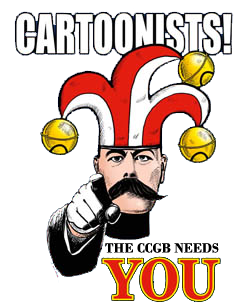I. Introduction
Comics, narratives told by means of a series of drawings arranged in horizontal lines (comic strips) and read from left to right. These images are commonly separated from each other by being contained within the borders of rectangular boxes (panels), although these are not always used. When words are associated with the images, they appear within the panel, often in explanatory boxes or captions, or within balloons issuing from the speaker's mouth to represent conversation or, from the head, in clouds, to represent thought. Alternatively, text may appear quite separately beneath the image, or there may be no text at all. Words may be hand-lettered or mechanically typeset. Artists have developed a vocabulary of visually conveyed sound effects, symbols, and other graphic devices to express a wide variety of narrative elements.
Comics appear in printed form, in periodicals, also known as comics or comic books, in magazines, in newspapers, often in special sections, and in books. The sequences of a comic vary from the single row, usually horizontal, of a daily newspaper strip to the more complex compositions of panels over many pages in graphic novels. The term comics derives from its comical origins, but humour is not a defining element, as the medium accommodates as diverse a range of subject matter as literature or film.


No comments yet.